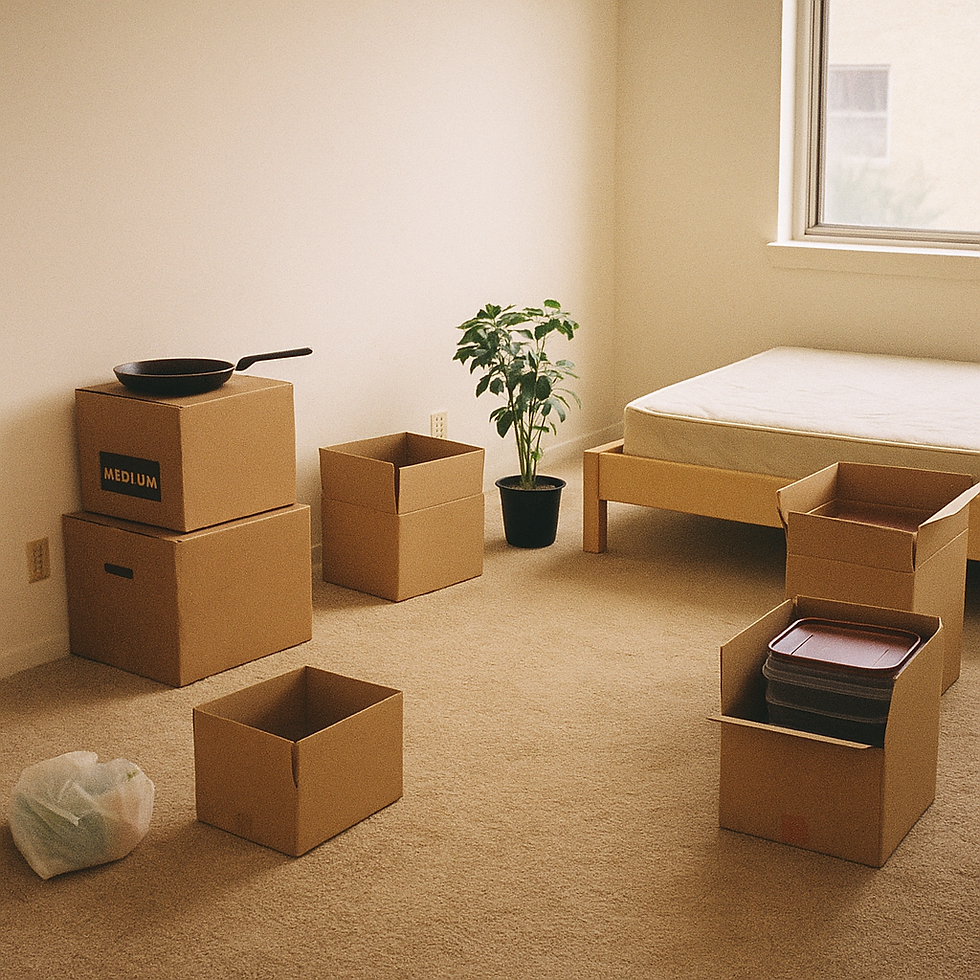What Is Café de Olla? A Warm Hug in a Mug
- Tanya Iniguez
- Jun 4
- 3 min read

If you’ve ever had a sip of Café de Olla, you already know: it’s not just coffee—it’s culture, comfort, and a little piece of home. For many of us, it’s the first “coffe e” we ever tasted, served in tiny cups by our moms or tías while pan dulce sat warm on the table. But for those who didn’t grow up with it, let’s break it down. What is Café de Olla? Where did it come from? And why do so many of us have memories of drinking it way before we were technically “old enough” for coffe e?

A Sip of History
Café de Olla literally means “coffee from the pot,” but it’s so much more than that. Traditionally, it’s brewed in a clay pot (olla de barro), which gives it an earthy, rich flavor you can’t get from a regular coffee maker. It dates back to the Mexican Revolution, when soldiers—many of them women known as soldaderas—needed a warm, energizing drink that could be made with simple, accessible ingredients. They combined ground coffe e, cinnamon sticks, and piloncillo (unrefined cane sugar) and let it simmer slowly, letting the flavors meld together.
Over time, Café de Olla became a staple in Mexican homes, especially in the colder regions and highlands. Today, it’s still a beloved drink at breakfast tables, family gatherings, panaderías, and roadside cafés across Mexico and beyond.

Regional Variations
Just like everything in Mexico, Café de Olla varies from region to region, and every family has their own twist. Some add cloves, star anise, or orange peel. Others might use panela instead of piloncillo, or toss in a pinch of cocoa powder for extra richness. In the north, it's not uncommon to find stronger brews with a bit more coffe e to keep you warm through chilly mornings. In the south, the spice blend might be more aromatic and intense.
And of course, some folks make it in a traditional olla de barro for that signature flavor, while others (especially us first-gens) recreate it on stovetops, in French presses, or even with modern cafecito hacks—because where there’s a will, there’s coffe e.
A Childhood Memory (Yes, Really)
Now let’s talk about the slightly controversial part: most of us drank this as kids. Yup. While American culture tends to treat coffe e as an adult-only thing (you’ve probably heard “coffee stunts your growth” more than once), in many Mexican households, Café de Olla was served to kids in small amounts—especially during breakfast or on chilly mornings. It wasn’t about the caffeine buzz; it was about sharing in the ritual, feeling part of the family, and starting the day with something warm and sweet.

If you were lucky, you got your own tiny taza, filled with mostly milk and a splash of coffe e, and you’d dunk your bolillo or concha like the grown-ups. And even if it was just a sip, you felt fancy.
That early exposure made coffe e less about “getting through the day” and more about connection, comfort, and tradition. It’s one of the reasons so many first-gen kids grow up with a deep love for Café de Olla—and why recreating it as adults feels like a way of coming home.
Bringing It Back
At De Olla, we’re all about bringing that experience to your kitchen—no olla de barro required (unless you want to!). We’ve taken the flavors we grew up with and made them easy to prepare and share, whether you’re sipping solo or making a batch for brunch with your people.
So whether you’re new to Café de Olla or it’s been in your family for generations, we invite you to taste tradition, brewed with intention. Because this isn’t just coffee—it’s part of who we are.
Con Mucho Cariño,
Tanya




コメント